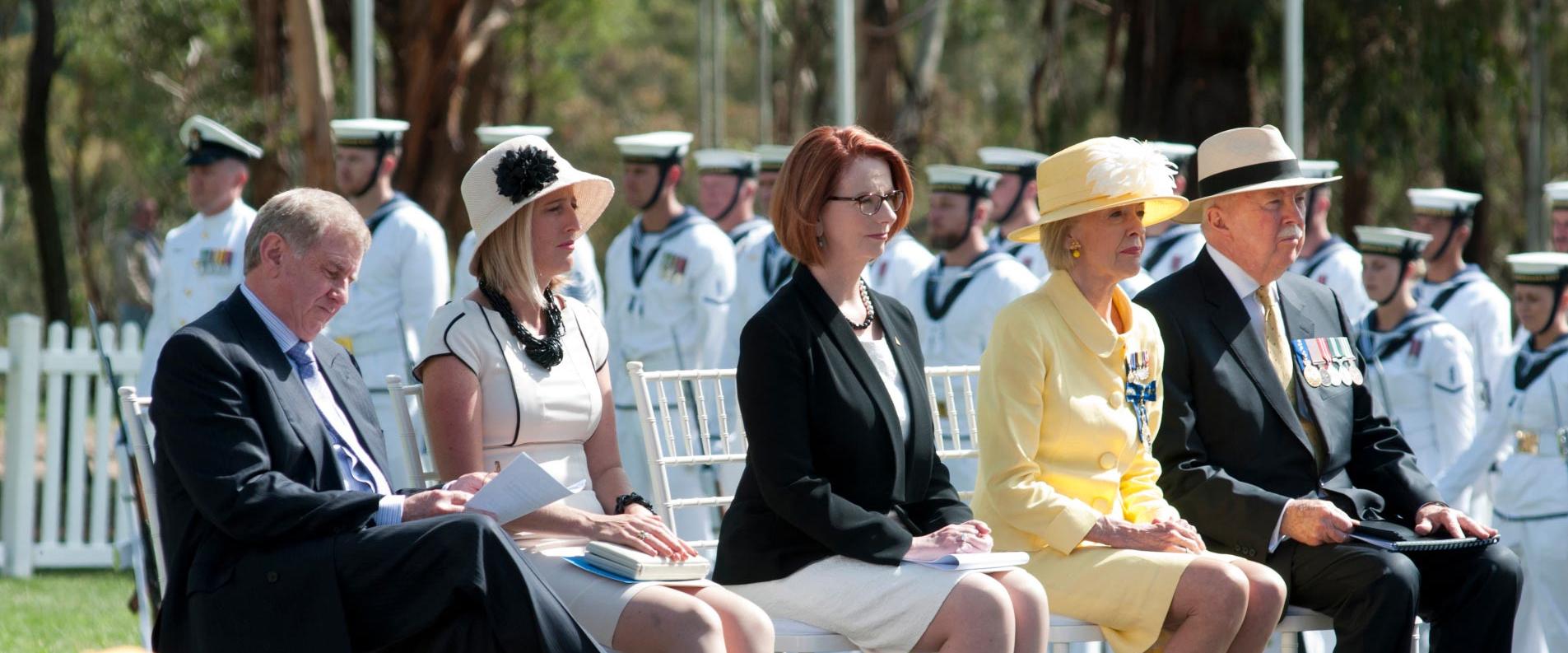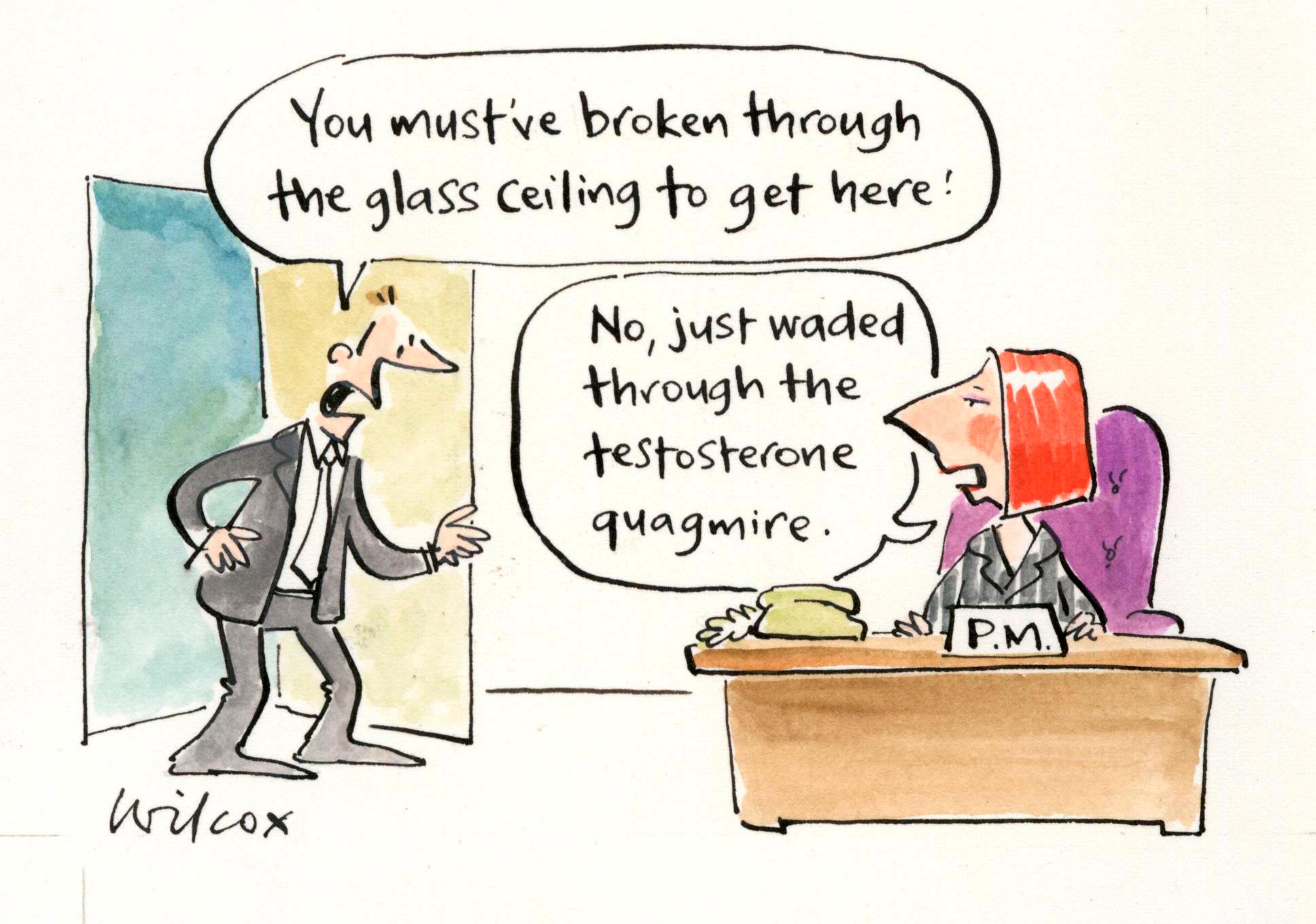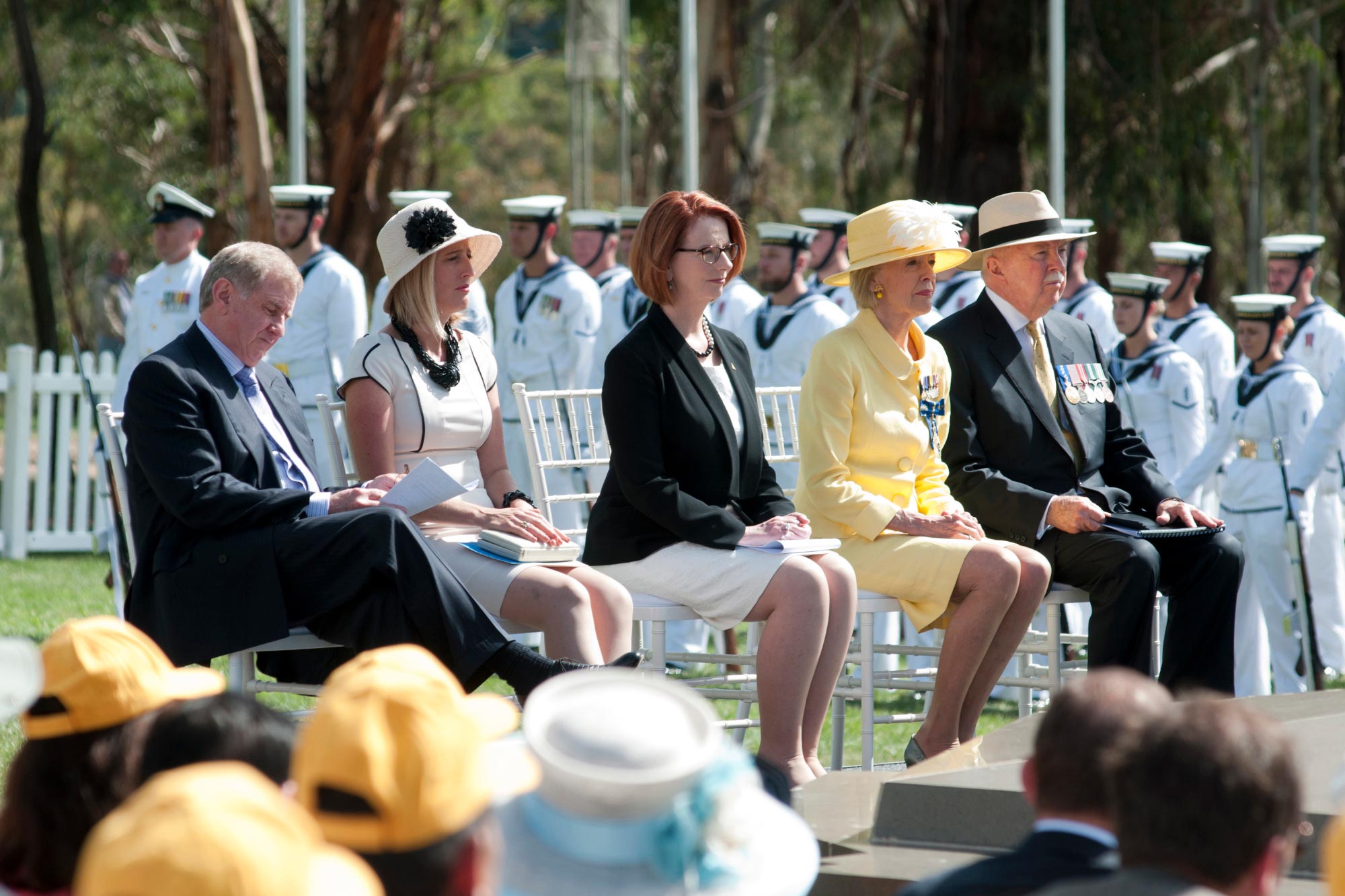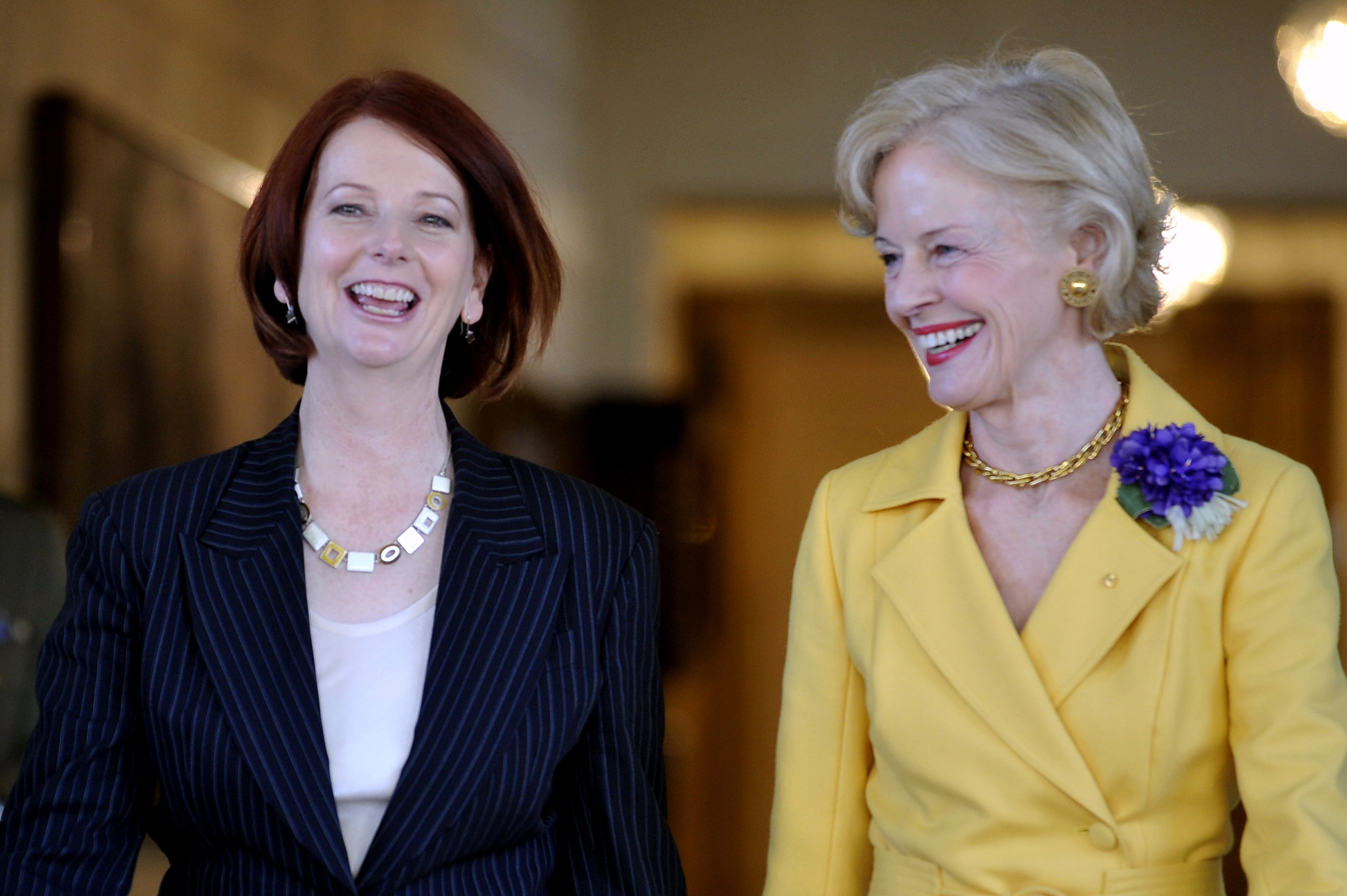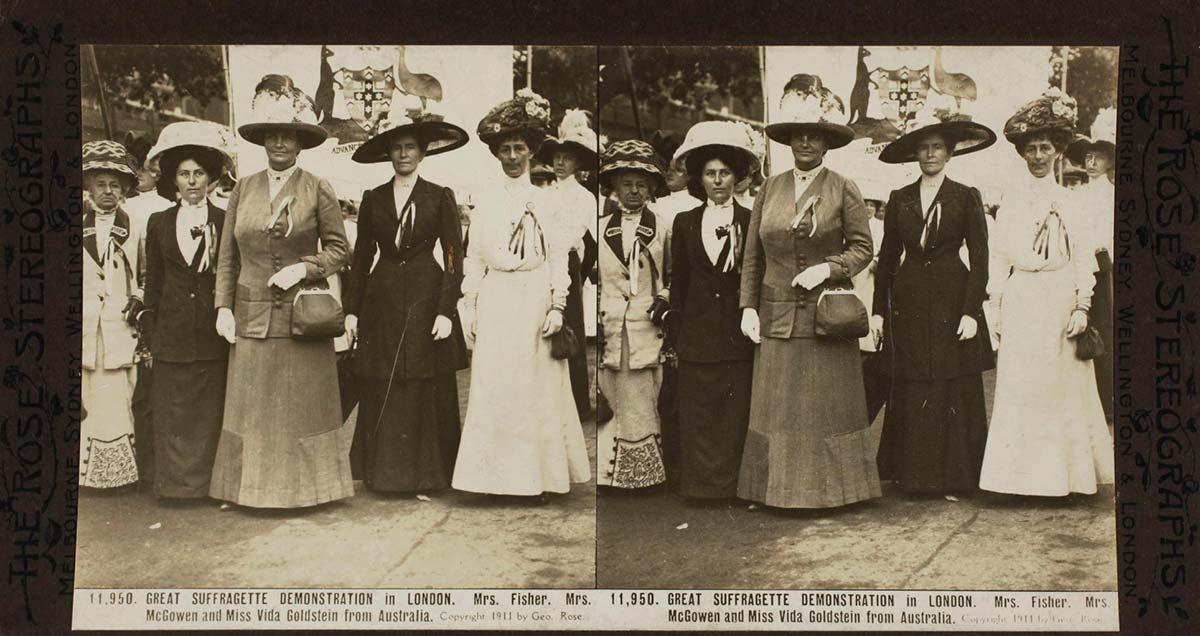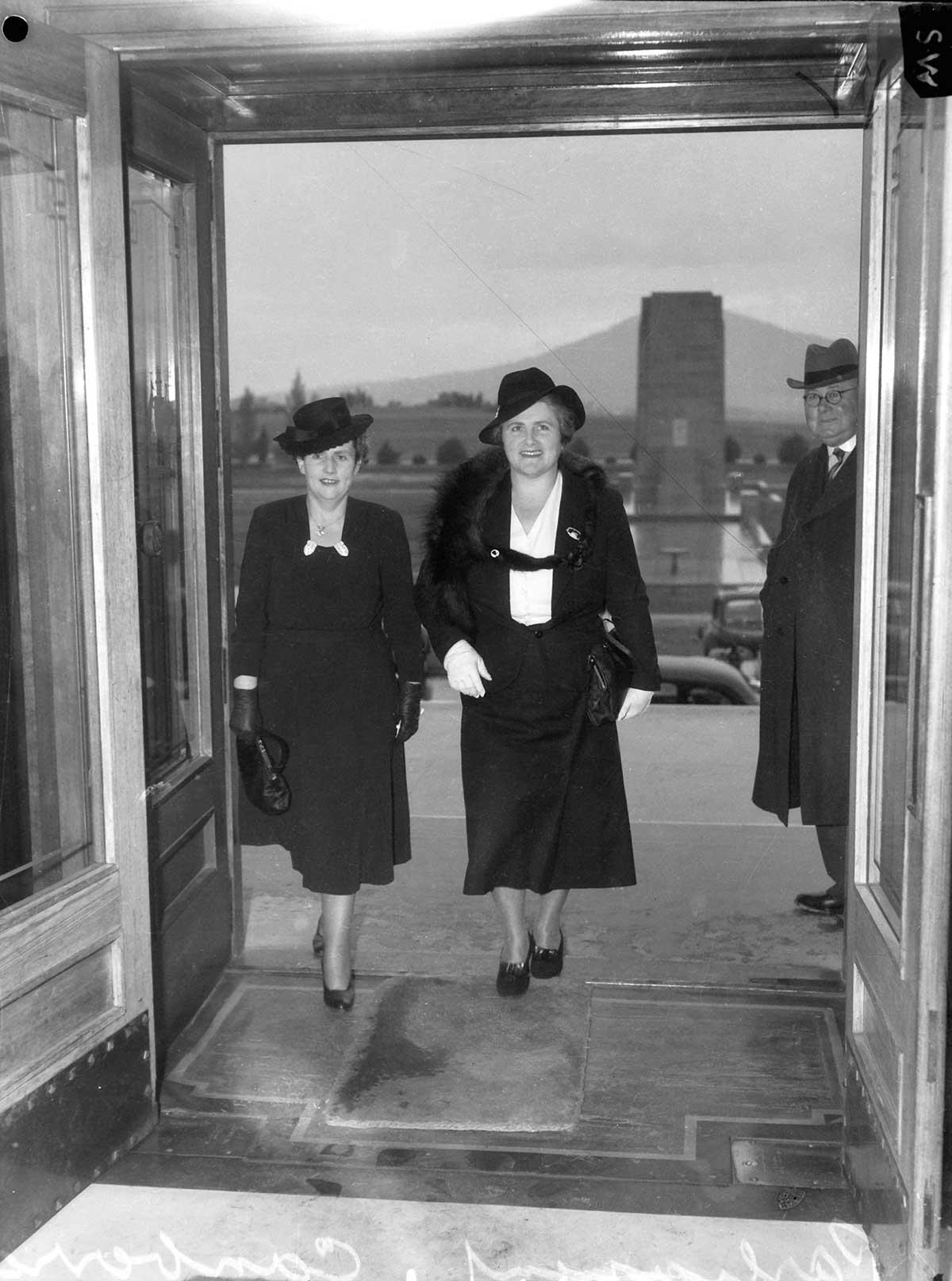‘A milestone of magnitude’
2010: Australia’s first female governor-general, Quentin Bryce, swears in Australia’s first female prime minister, Julia Gillard
‘A milestone of magnitude’
2010: Australia’s first female governor-general, Quentin Bryce, swears in Australia’s first female prime minister, Julia Gillard
In a snapshot
On 24 June 2010 the first female governor-general of Australia, Her Excellency Ms Quentin Bryce AC, swore in the first female prime minister, Ms Julia Gillard. This day was a milestone in Australian politics because women filled the two highest positions in the country at the same time, 116 years after women first won the vote in South Australia.

 Can you find out?
Can you find out?
1. Who was the first woman elected to any Australian parliament and when was she elected?
2. Who was Australia’s first female prime minister?
3. Why was 24 June 2010 a milestone in Australian politics?
What is the history of women in Australian politics?
In 1894 South Australia became the first electorate in the world to give women the right to vote and stand for parliament. From 1902 the Commonwealth Franchise Act allowed women all over Australia to vote in federal elections and stand for election to the Australian Parliament. But it was a long time before women were elected to either state or federal parliament.
The first woman in any Australian parliament was Edith Cowan. She was elected in Western Australian state elections in 1921, which was 22 years after women were given the vote in that state. Women didn’t enter the Australian Parliament until 1943, when Dorothy Tangney was elected to the Senate and Enid Lyons was elected to the House of Representatives.
Rosemary Follett was the first woman to lead an Australian state or territory government when she became the first chief minister of the Australian Capital Territory in 1989. Carmen Lawrence became the first female state premier when elected in Western Australia in 1990. Dame Roma Mitchell was the first female state governor to be appointed in South Australia in 1991.
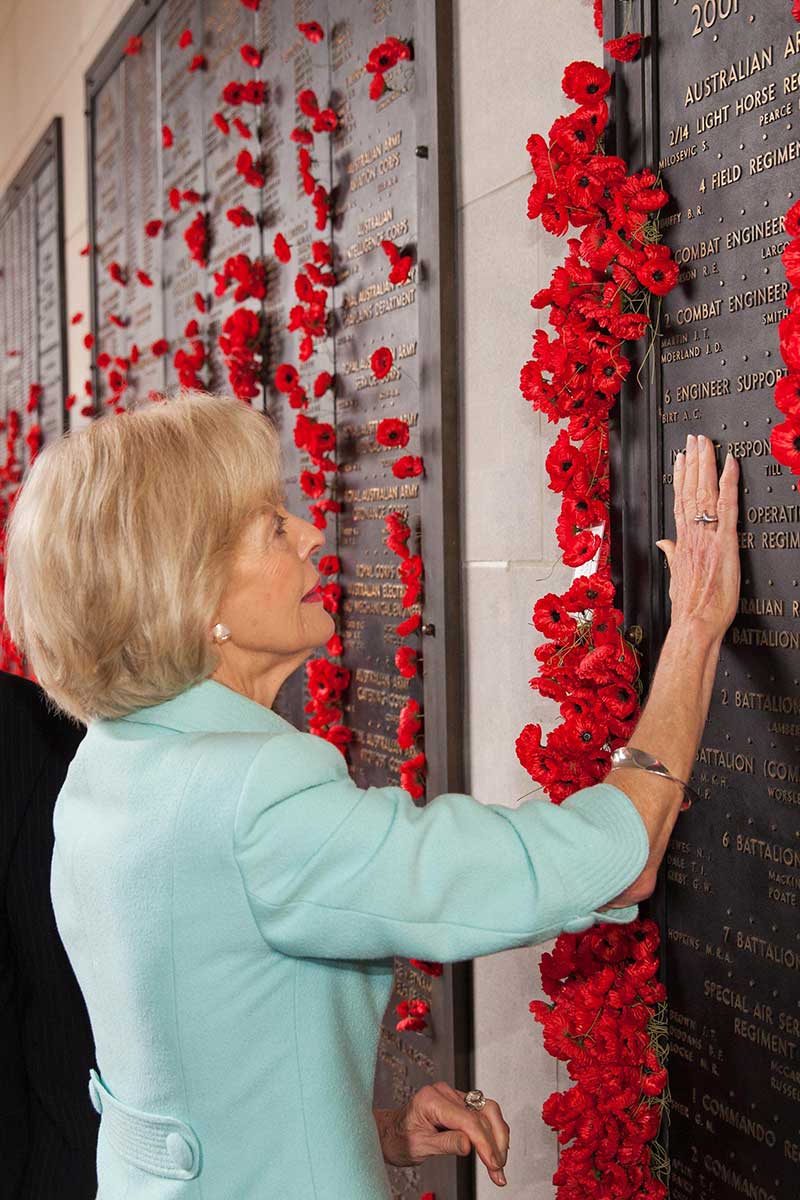
Who was Australia’s first female governor-general?
Dame Quentin Bryce graduated from the University of Queensland with Bachelor’s degrees in Arts and Laws in 1965. She became one of the first women to practice law in Queensland.
Bryce went on to hold many important positions, including Director of the Australian Human Rights and Equal Opportunity Commission and federal Sex Discrimination Commissioner. She became Governor of Queensland in 2003.
Because of her work in human rights, gender equality and family welfare Bryce was made an Officer of the Order of Australia (1988), a Companion of the Order of Australia (2003) and a Dame in the Order of Australia (2014).
In 2008 because of her outstanding achievements and contribution to Australia, Bryce was nominated to be governor-general. When she was sworn in on 5 September 2008 she became the first woman to hold the position in Australia.
Research task
How and when did women gain right to vote and stand for parliament in Australia? Did it this happen in all states and territories at the same time?
Research task
Do some research on a female politician sitting in the Australian Parliament today. What party do they represent? Could they become Australia’s second female prime minister?
‘For me, for my generation, it was a time to pause, to acknowledge a milestone of magnitude in our history … I could never have imagined at the time of my own swearing in or that of Prime Minister Gillard the extent of the political turmoil that lay ahead … It won’t be the same for the next woman. Tough, yes … but not as tough. There is nothing like being the first.’
Who was Australia’s first female prime minister?
Julia Gillard emigrated from Wales to Australia with her family in 1966. In her early years, Gillard was strongly influenced by her parents’ progressive political ideas.
In 1979 while studying at the University of Adelaide, she joined the Australian Labor Party. She also joined the Australian Union of Students, later becoming its vice-president (and national president) in Melbourne.

Gillard graduated from the University of Melbourne with Bachelor’s degrees in Arts and Laws. She worked for the law firm Slater and Gordon before she was elected to the House of Representatives as the Labor Member for Lalor in 1998.
Gillard went on to hold many high positions within the Labor Party. She was elected deputy leader in 2006 when Kevin Rudd was the party’s leader. When Labor won the federal election in 2007 she became the first female deputy prime minister of Australia.
In 2010 the Labor Party voted to remove Rudd and elected Julia Gillard to be their new leader. On 24 June 2010 Governor-General Quentin Bryce swore her in as the first female prime minister of Australia.
This was an important milestone for Australian politics as women held the two highest positions in the country at the same time.
What is the position of women in politics now?
No women have become prime minister since Julia Gillard, however Sam Mostyn became Australia’s second woman governor-general in 2024.
After the 2019 federal election women made up 47 per cent of the Labor Party’s parliamentary representatives, and they outnumbered men in the Senate. But only 23 per cent of the Liberal Party parliamentary representatives were women.
There are many other differences in the position of men and women in public life. Australian women are paid between 14 and 19 per cent less than the average male wage. And women hold only 29 per cent of board positions in major Australian companies.
Read a longer version of this Defining Moment on the National Museum of Australia’s website.
 What did you learn?
What did you learn?
1. Who was the first woman elected to any Australian parliament and when was she elected?
2. Who was Australia’s first female prime minister?
3. Why was 24 June 2010 a milestone in Australian politics?






